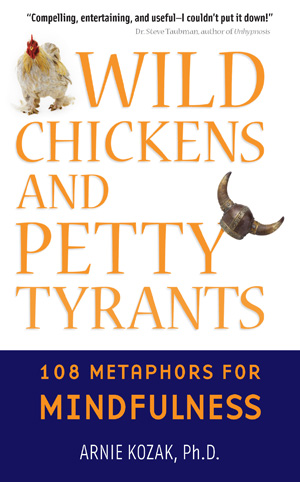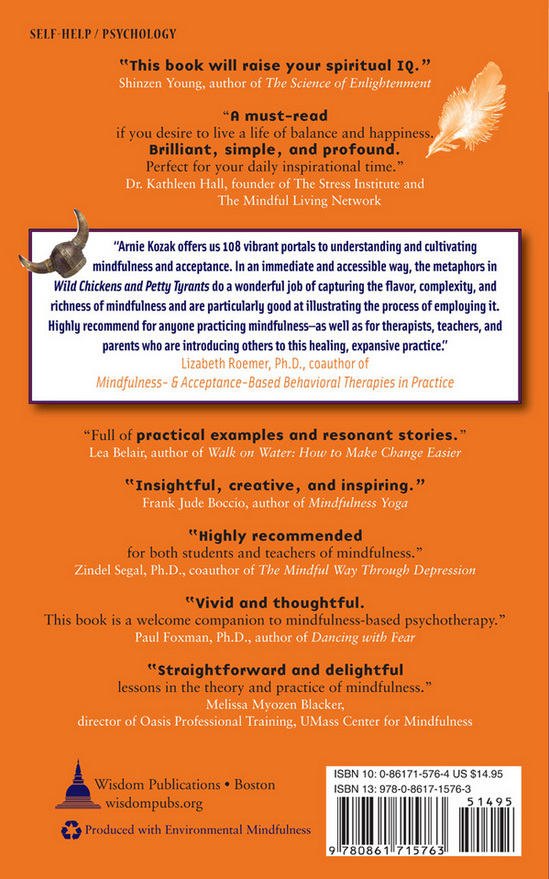According the Random House Dictionary, hope is the feeling that what is desired is also possible; or that events may turn out for the best. These seem to be very different senses of the word.
The first suggest confidence; the second, well, hopefulness. The first sense suggests agency; the second an abandonment of that very precious agency.
Hope can be problematic when it interferes with our ability to perceive the present moment clearly. Hope can obstruct reality and impair our ability to accept.
My views on hope on controversial. I’m not a pessimist or cynical. I think we should embrace exuberant optimism when appropriate, but not give up our sense of personal responsibility.
From a mindfulness perspective, hope generates a conversation about the future, and one that may or may not be based on evidence.

In my book, Wild Chickens and Petty Tyrants: 108 Metaphors for Mindfulness, I presented the “kill hope” concept through the metaphor of the Man Trap, an episode from the original Star Trek Series. In this episode, McCoy’s meets his ex-fiance Nancy on some remote dustbowl of a planet. To him, she looks beautiful and young. To everyone else she is a salt-sucking fiend killing everyone in sight. When the monster is about to finish Captain Kirk, McCoy must kill what he sees — his beloved Nancy. Intellectually he knows that this is not Nancy, but he can’t not believe what his eyes and emotions see. Kirk’s life hangs in the balance. By analogy, we sometimes stay in situations, particularly relationships, when we know it’s not the right situations but our eyes tell our emotions another story.
T. S. Eliot sounds a similar note of caution in this excerpt from this Four Quartets
I said to my soul, be still and wait without hope?
For hope would be hope for the wrong thing; wait
without love?For love would be love of the wrong thing; there is yet
faith?But the faith and the love and the hope are all in the
waiting.?Wait without thought, for you are not ready for thought:?
So the darkness shall be the light, and the stillness the
dancing – T.S. Eliot
I prefer a version of an exuberant and optimistic relationship to uncertainty, presented in the story of teaching a horse to sing (this was presented in a previous Metaphor Monday). Here is the story again in case you missed it:
According to an old story, a man sentenced to be hanged fro offending the sultan, offered a deal to the court: if they would give him a year, he would teach the sultan’s horse to sing, earning his freedom; if he failed, he would go to the gallows willingly. When he returned to the dock, a fellow prisoner said, “Are you crazy?” The man replied, “I figure, over the course of a year a lot can happen. Maybe the sultan will die, and the new sultan will pardon me. Maybe I’ll die; in that case I wouldn’t have lost a thing. Maybe the horse will die; then I’ll be off the hook. And who knows? Maybe I’ll teach the horse to sing!
Sir Walter Raleigh in the film Elizabeth
the Golden Age suggests that hope is “pure, naked, and fragile.” Can we allow hope to be optimism and confidence in the present moment?
Can we look beyond wishful fantasy to embrace what is so and take the best course of action available based on that so-ness? Can we ground our attention in the present moment and let that be our guide into the future? Not neglecting the future, of course. We know more now than we often realize or allow ourselves to realize.
Kill hope (the second sense of hope) and live confidently in the wisdom what we truly know even when our eyes (hopeful ones at that) tell us something different.


